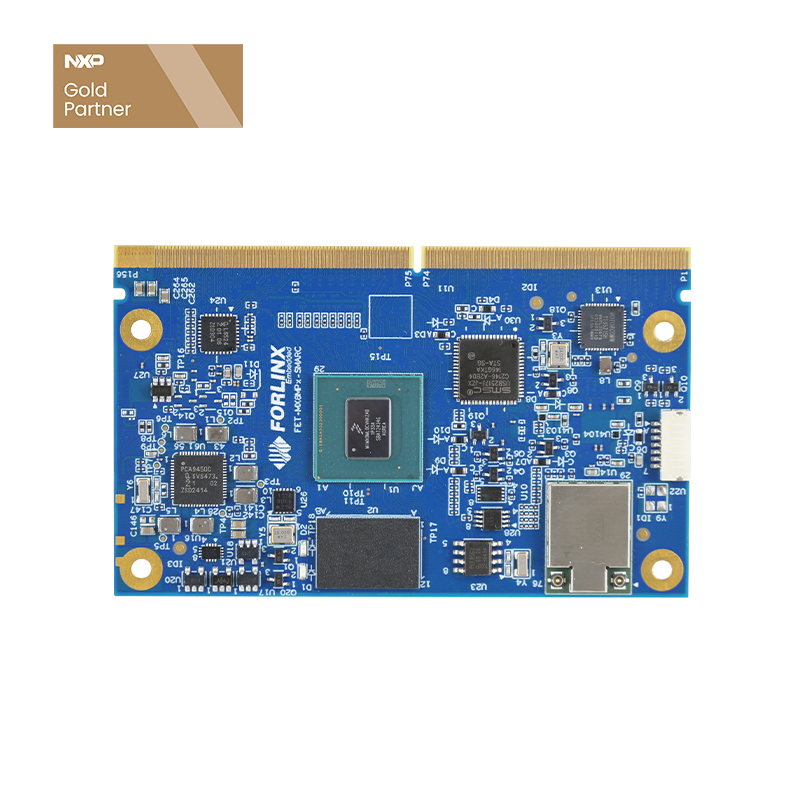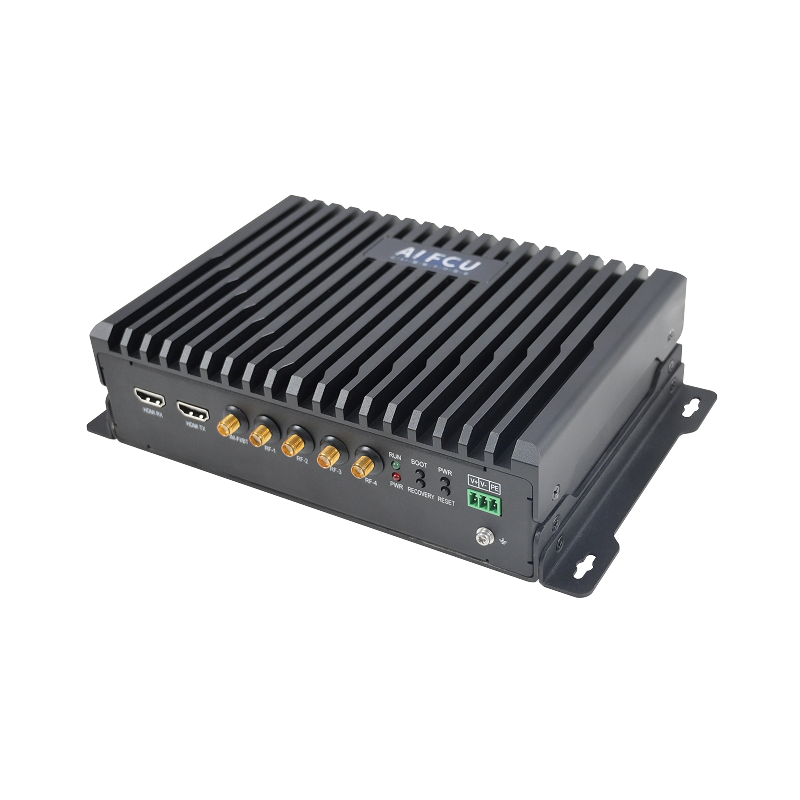
Memory Prices Soar Higher Than Gold: AI Demand Sparks Industrial DRAM Shortage
''With the budget originally allocated for equipment upgrades, I can't even afford memory now,'' a frustrated embedded development engineer expressed on a forum. ''The cost of industrial-grade memory modules with the same capacity is almost twice as high as it was at the beginning of the year.'' This issue is affecting the entire industrial chain.
1. Market Anomalies
Unexpected Memory Price Surge
The recent rally in the memory market is remarkable. According to industry analysis reports, in the third quarter of 2025, the contract price for DRAM increased by an astonishing 171.8% year-on-year, surpassing the price increase of gold during the same period.
Some industry observers suggest that the fourth quarter of 2025 will mark the true beginning of the ''DRAM bull market.'' The market generally anticipates a more severe DRAM supply shortage in 2026.
Rising Costs across the Industrial Chain
The surge in contract prices has rapidly affected all sectors of the industry. Recently, the prices of industrial-grade DDR5 memory modules have generally doubled, with some high-reliability memory sticks seeing price increases of over 120%. Additionally, some companies have reported that the delivery time for memory sticks has extended from the previous 2-4 weeks to 8-12 weeks, and prices are experiencing noticeable fluctuations.
2. Root Causes Analysis
AI Demand Devouring Production Capacity
The primary factor driving the current surge in memory prices is the explosive demand from the artificial intelligence industry. Training and deploying large language models require vast amounts of memory resources, particularly as the need for high-end memory continues to grow exponentially.
For instance, one project from OpenAI requires the purchase of up to 900,000 DRAM wafers per month, which accounts for nearly 40% of global DRAM production. Cloud service providers are eager to secure supplies in advance, and nearly all of the high-bandwidth memory production from a major manufacturer has already been pre-ordered for delivery before the end of 2026.
Production Capacity Transfer Causing a Chain Reaction
In response to the growing demand in the AI sector, memory manufacturers are shifting their production focus to more profitable products. As a result, all major global memory manufacturers have redirected their capital expenditures toward high-bandwidth memory (HBM) and advanced process nodes.
As a direct result of this shift, there has been a significant reduction in the supply of standard DRAM. Producing high-end memory requires more than three times as many wafers as standard DRAM, leading to a sharp decline in production capacity for industrial-grade and consumer-grade DDR4 and DDR5 products.
Agents' Manipulation Intensifying Market Fluctuations
In the context of a supply-demand imbalance, memory agents are worsening market price fluctuations by exploiting their channel advantages. These agents acquire goods through the order arrangements made by the original manufacturers, and their prices fluctuate based on the conditions set by these manufacturers and the overall market. During times of shortage, these agents typically employ a strategy of small-batch releases coupled with gradual price increases.
When certain traders receive early information from original manufacturers—such as details about inventory, order schedules, and shipment statuses—they often begin hoarding large quantities of goods This hoarding behavior artificially decreases the circulation volume of products in the market during periods of supply shortages, making it challenging for downstream users to secure stable supplies at normal prices, even when there is genuine demand. As a result, market panic intensifies.
3. Industry Impact
Challenges Faced by Multiple Sectors
The rise in memory prices has impacted industries that need long-term and stable supplies, including industrial control, medical electronics, and network communication. This ''substantial increase'' in memory and storage costs has significantly raised both procurement costs and difficulties.
Across - the - Board Storage Price Increases
The crisis is not limited to the DRAM market. NAND flash memory used in solid - state drives is also facing soaring prices and supply shortages. Industry experts predict that the NAND flash memory shortage may persist for a long time. Traditional hard drives have also announced price increases due to supply restrictions, further intensifying the tension in the storage market.
4. Future Outlook
Short - Term Relief Unlikely
Industry analysts generally agree that the current shortage of memory and the high prices associated with it are unlikely to improve in the short term. Technical analysis reports suggest that prices for DDR5 and LPDDR5x modules may remain elevated until mid-2026.
Additionally, some industry observers anticipate that the restrictions on DRAM supply will continue for an extended period, prompting many system manufacturers to establish long-term supply contracts with memory suppliers.
In - Depth Industrial Structure Adjustment
In the long run, the memory market may be experiencing a fundamental structural adjustment. The ongoing supply tightness is primarily driven by a shift in industrial capital expenditure.
Historically, memory price cycles would typically complete their adjustments within two to three years. However, due to structural changes in demand driven by artificial intelligence (AI), the market dynamics may change in the long term. As a result, memory manufacturers are redirecting a significant portion of their capital expenditure toward high-end applications, leading to a corresponding reduction in investment in traditional memory.
In summary, the once stable industrial memory market is undergoing a significant transition. This memory upheaval, driven by AI, is reshaping the supply-chain dynamics of the entire electronics industry and testing the adaptability of every market participant.





